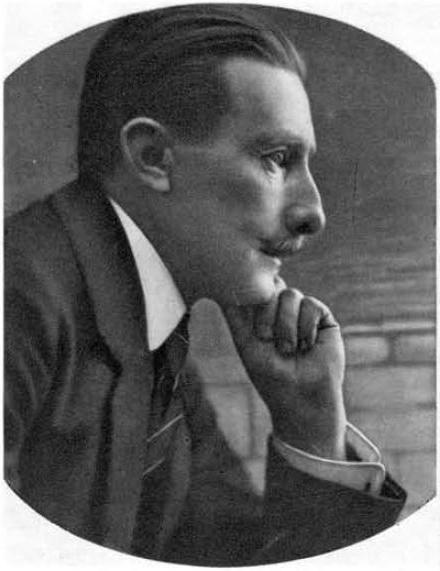
Baron Anton Codelli, a Slovenian nobleman with Italian roots, was a passionate inventor. Among other things, he had devised a miniature refrigerator for cars and a new rotary engine design. Intrigued by television, he decided to apply his technical skills to the new medium.
At the time, the biggest challenge in television technology was to transmit images with sufficient resolution to reproduce recognizable figures. As recounted by media historian Melita Zajc, most inventors were determined to increase the number of lines used by their systems – some were approaching what was then the magic number of 100 lines. But Baron Codelli had a different idea. In 1929, he developed a television device with a single line – but one that formed a continuous spiral on the screen.
According to Zajc, Codelli based his ingenious design on his understanding of the human eye. He knew that objects seen in peripheral vision don’t need to be as sharp as those in the center. The baron’s mechanical television system, whose image was sharpest in the middle, worked well, and he was soon able to transmit images of his wife, Ilona von Drasche-Lazar, over the air.
Despite the backing of the German electronics giant Telefunken, however, Codelli’s television system never became a commercial reality. Electronic television ultimately emerged as the dominant system, and Codelli moved on to other projects.
His invention was largely forgotten, but thanks to his pioneering work, Slovenia was, for a time, at the forefront of innovation in a field that would ultimately revolutionize 20th century communication.

































































